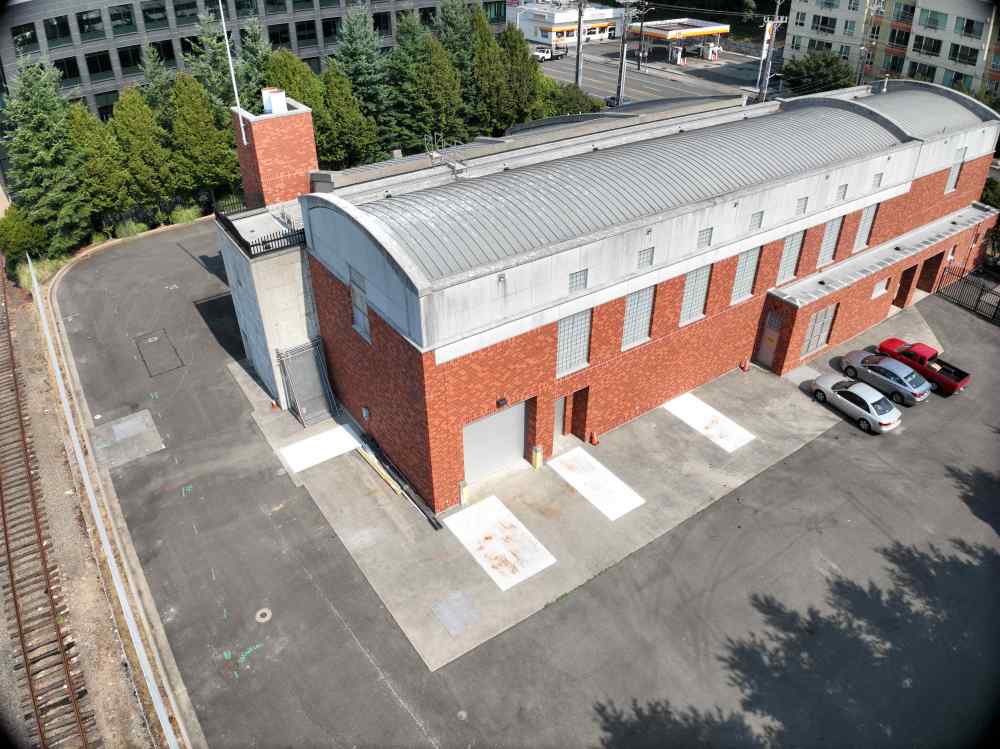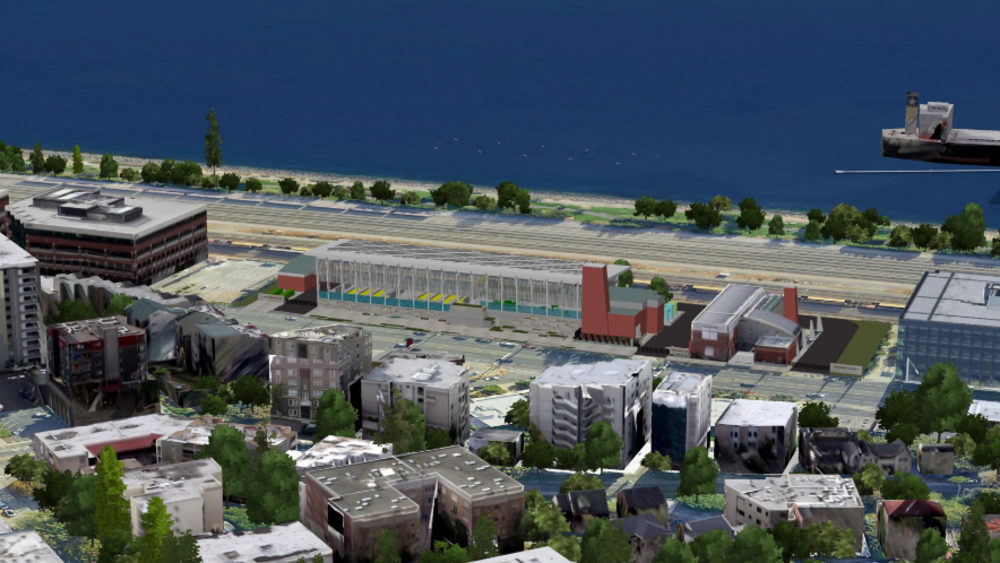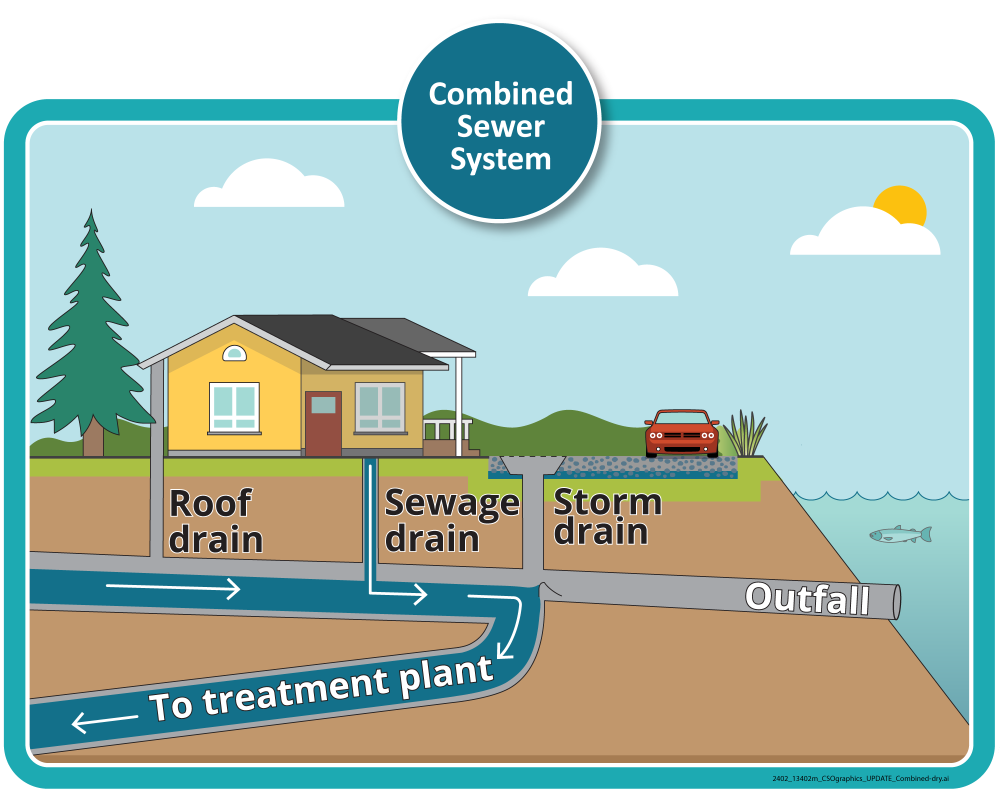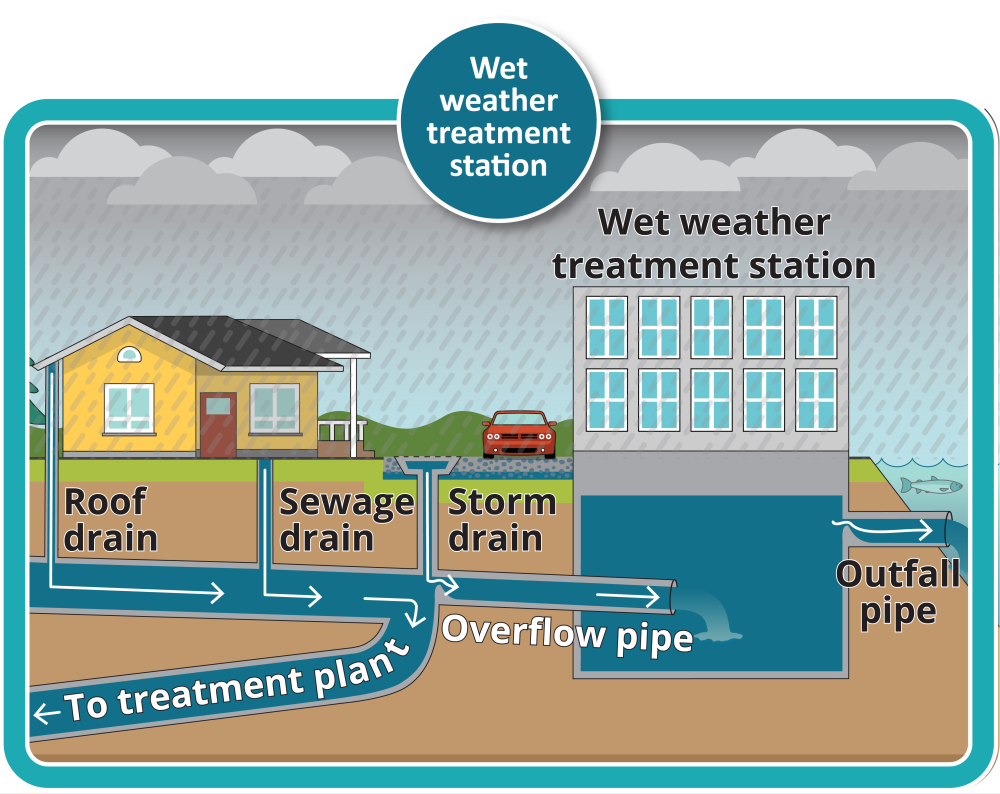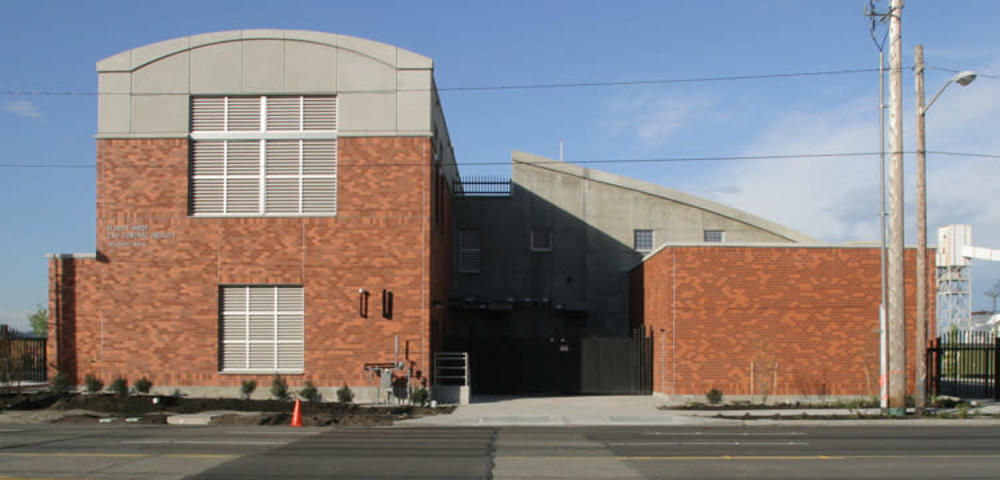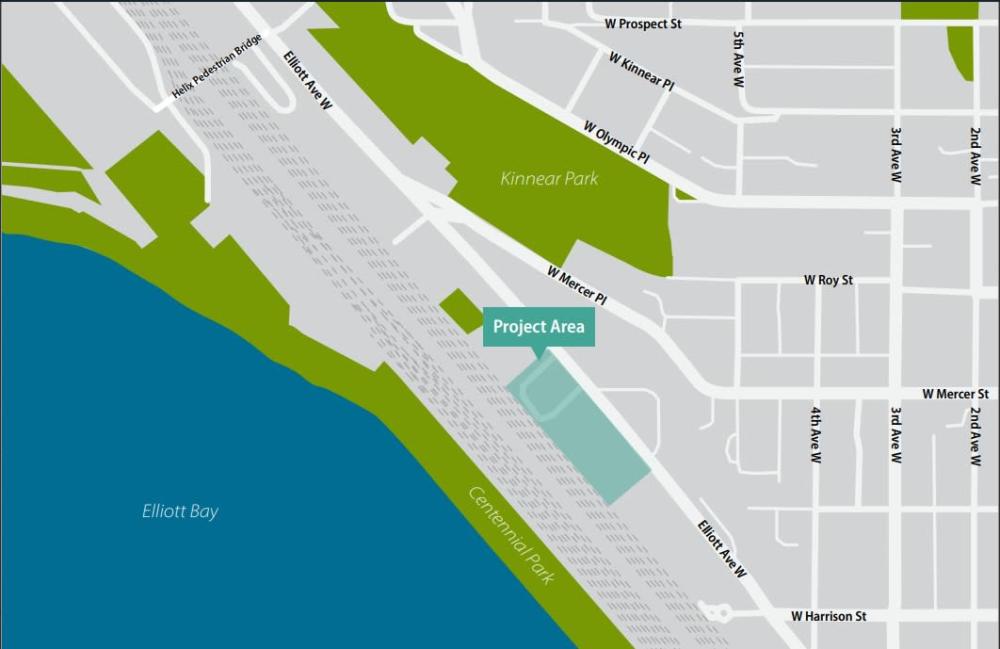Elliott West Wet Weather Station Upgrade
Elliott West Wet Weather Station Upgrade
King County Wastewater Treatment Division is planning to upgrade the Elliott West Wet Weather Treatment Station (EWWTS). Like many cities around the country, older parts of King County’s sewer system use the same set of pipes to carry both sewage and stormwater. This combined wastewater goes to the West Point Treatment Plant in the Magnolia neighborhood to be treated.
During storms, the pipes can fill with stormwater that runs off roofs, driveways, and streets. When the system is overwhelmed, it is designed to overflow into waterways. These overflows are called combined sewer overflows, or CSOs.
The CSO outfalls in these neighborhoods provide drainage relief points to keep the sewer system working and to prevent sewer backups into homes and businesses by releasing excess water and sewage into local water bodies. (The water released through a CSO outfall typically contains about 90% stormwater and 10% wastewater.) This is when EWWTS is called into action.
In service since 2005, EWWTS provides partial treatment to sewage and stormwater during large storms to reduce untreated overflows of combined wastewater into Elliott Bay.
Without wet weather treatment stations like EWWTS, polluted stormwater runoff and sewage is discharged into our waterways with no treatment.
However, EWWTS needs an upgrade to ensure compliance with stricter environmental regulations, meet the demands of a growing population, and prepare for climate impacts.
This is a major investment to ensure King County continues to protect public health and the environment for years to come.
*Early draft design of Elliott West Upgrade. Not an accurate representation of final design concepts.
Welcome
Click through this online open house to learn more about plans for upgrading the Elliott West Wet Weather Treatment Station.
How to participate:
- Click the menu at the top of the page to move between pages and review project information or click "Continue" at the bottom of each page.
- Share your insight! Fill out our survey questions on the "Share your thoughts and stay informed" buttons.
This online open house will remain active unitl Monday, September 30, 2024 at 11:59 pm. There will be opportunities later in 2025 to provide additional input on the project design.
About the Elliott West Wet Weather Treatment Station
Much of Seattle was built using a combined sewer system. In the neighborhoods around Elliott West Wet Weater Treatment Station (EWWTS), this combination of stormwater and sewer typically goes to the West Point Treatment Plant in Magnolia to be treated.
During heavy rain, pipes can fill with stormwater that runs off roofs, driveways, and streets. When the system is overwhelmed, it is designed to overflow into waterways without treatment.
This prevents sewer backups into homes and businesses. These overflows are called combined sewer overflows, or CSOs. EWWTS helps reduce untreated CSO discharges into Elliott Bay by treating stormwater and wastewater during heavy rain. This process protects our environment and public health.
EWWTS was first completed in 2005 and now needs to be upgraded to meet stricter environmental standards and to adapt to a changing climate. This project supports King County's efforts to meet these stricter standards and be resilient to climate change impacts. This will ensure the station will meet the needs of Seattle and Elliott Bay for decades in the future.
What upgrades are necessary?
The upgraded EWWTS facility will use three industry-leading technologies to clean stormwater and wastewater:
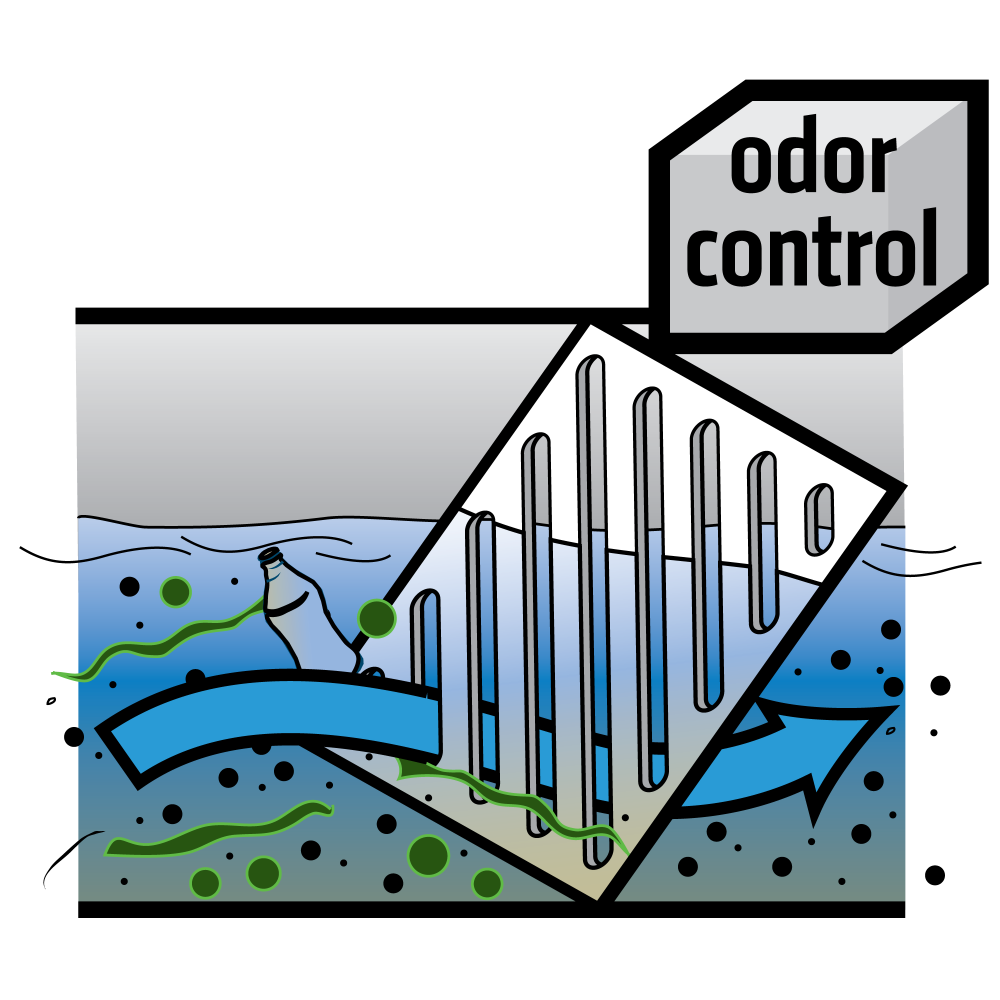 | 1. Screening: using screens to remove large debris like rags or stringy material (like hair) that may impact downstream treatment process. |
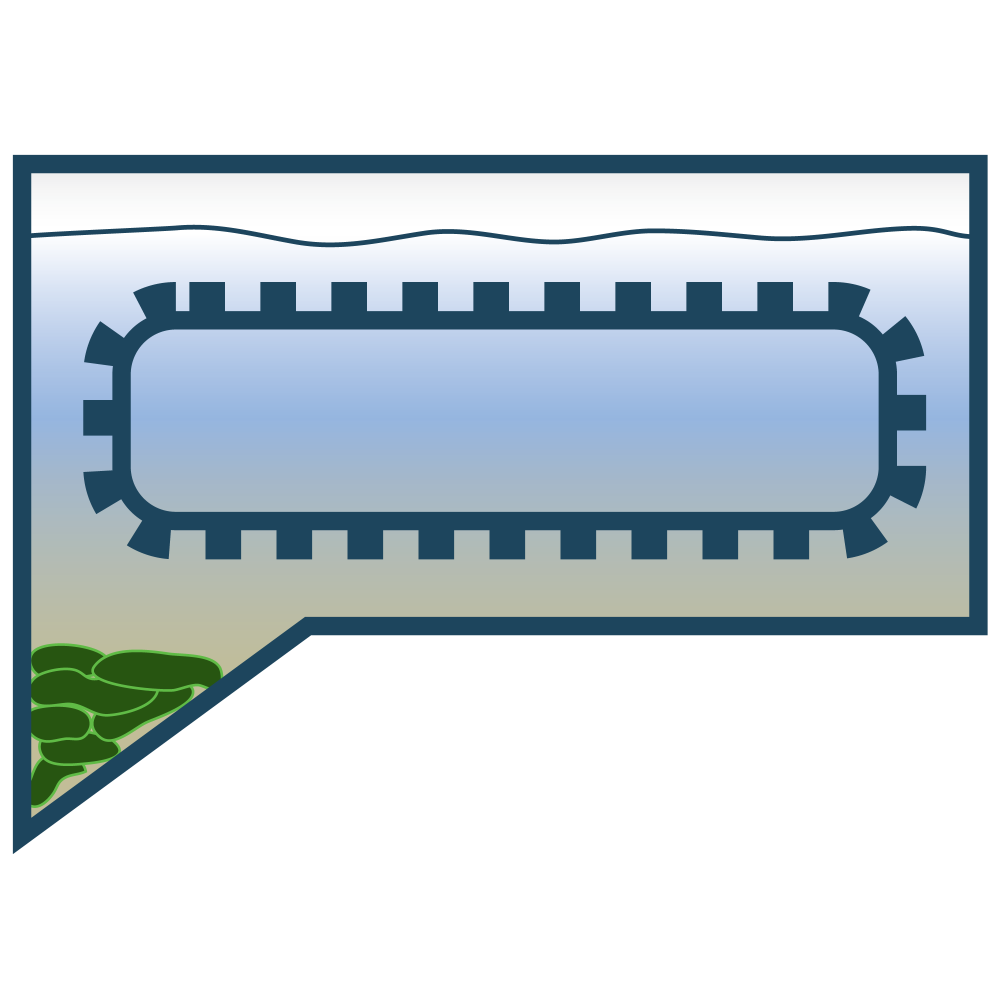 | 2. Ballasted sedimentation: after screening, this treatment technology adds chemicals, polymers, and sand (ballast) to the wastewater to attract particles into clumps that then settle to the bottom. This step removes at least 80% of the solids and pollutants from the water. |
| 3. Ultraviolet (UV) disinfection: after most of the solids are removed, the process uses UV lamps to disinfect the treated water by inactivating pathogens or organisms that could be dangerous to people and wildlife. |
These treatment methods consider environmental and social impacts, operations and maintenance needs, and schedule and cost considerations. They are also based on lessons learned from the design and operation of King County's newest CSO facility, Georgetown Wet Weather Treatment Station.
To see how this technology works, watch our video about the Georgetown Wet Weather Treatment Station. It uses the same methods and has been successfully cleaning millions of gallons of polluted stormwater since 2022.
Completing the EWWTS project will mean both improvements to the current EWWTS facility and the construction of a new, larger facility on the parcel directly south, which is also owned by King County Wastewater Treatment Division (WTD). The south parcel is needed to construct the newer, industry-leading technologies. There will also be some modifications to WTD infrastructure in Myrtle Edwards Park. Below, images show where the project is located in the local area and an early design concept for the station. The concept is not an accurate representation of what the final station will be, but shows the general size of the new facility as it relates to the current station and surrounding buildings.

